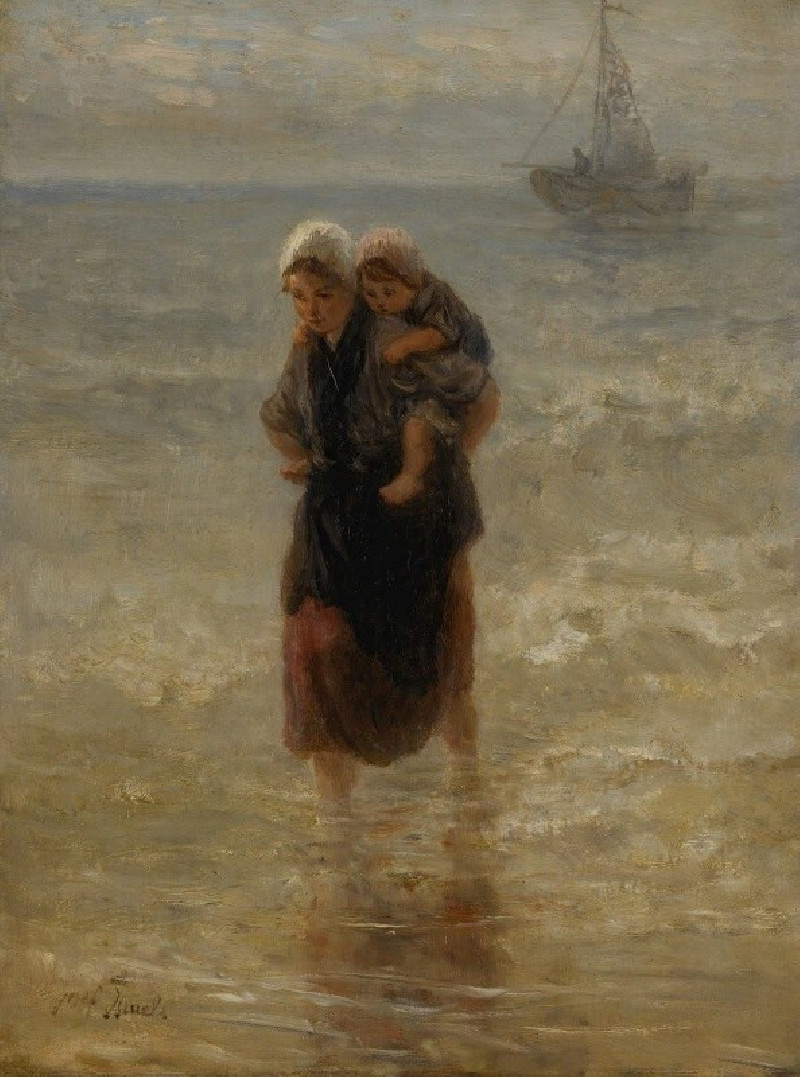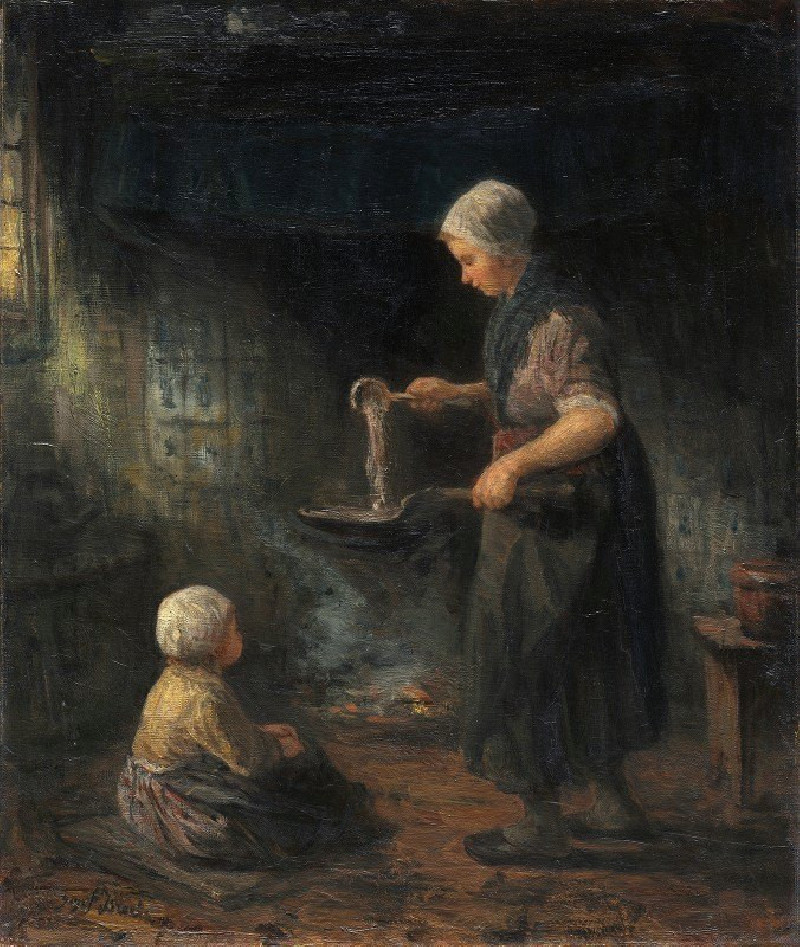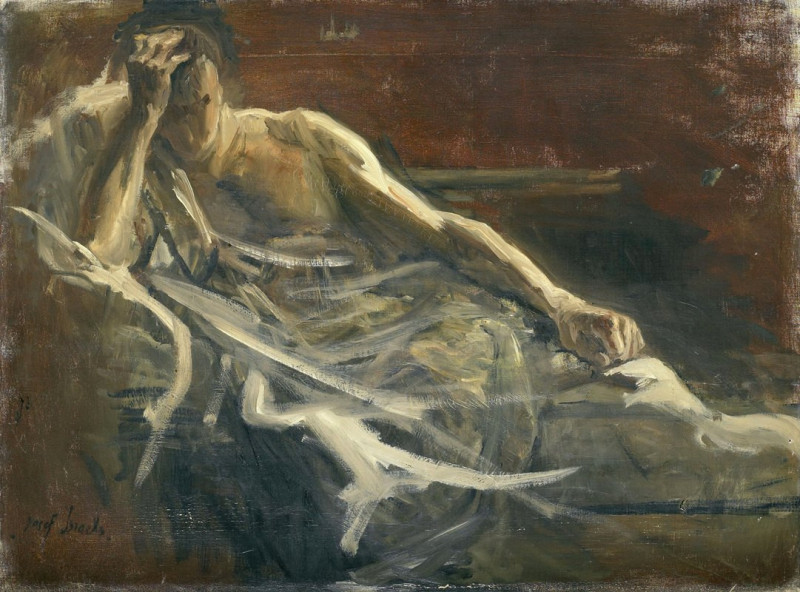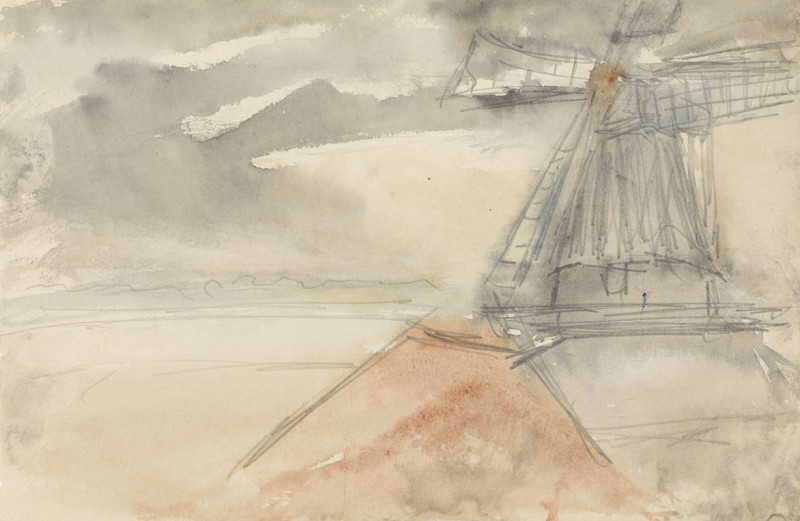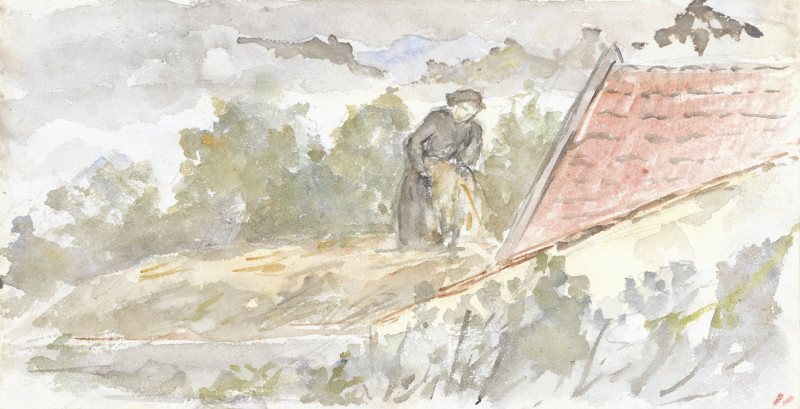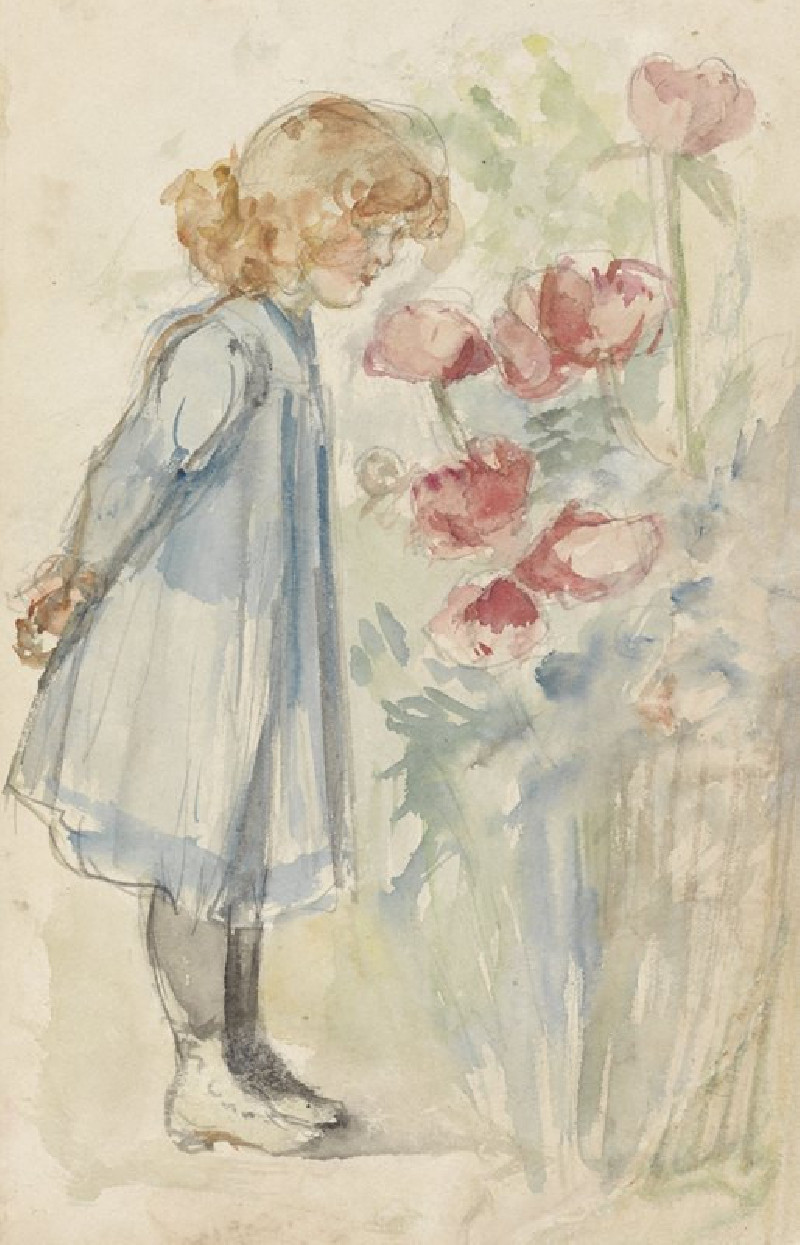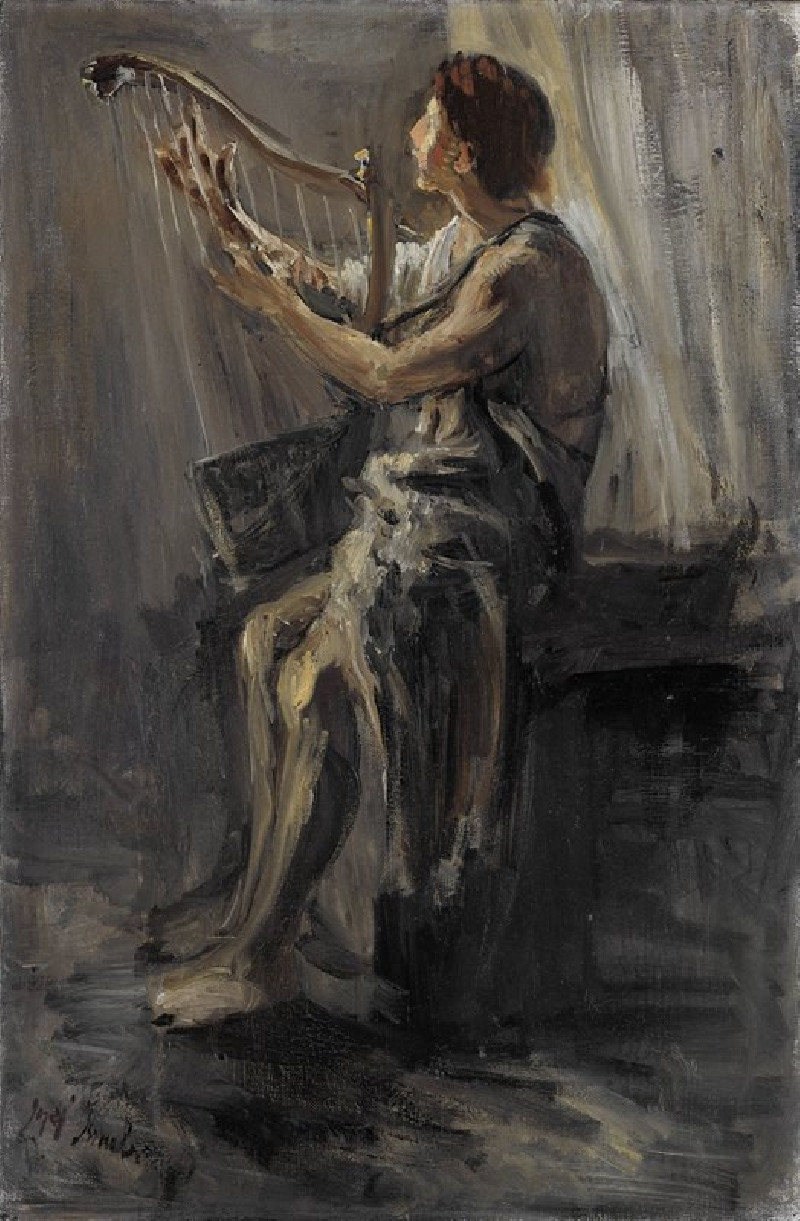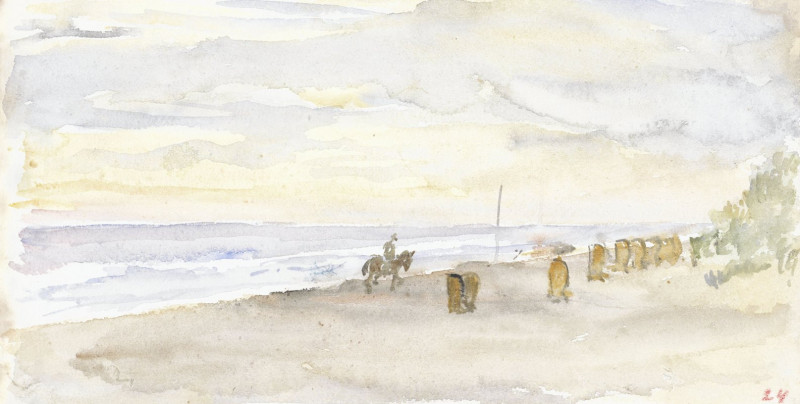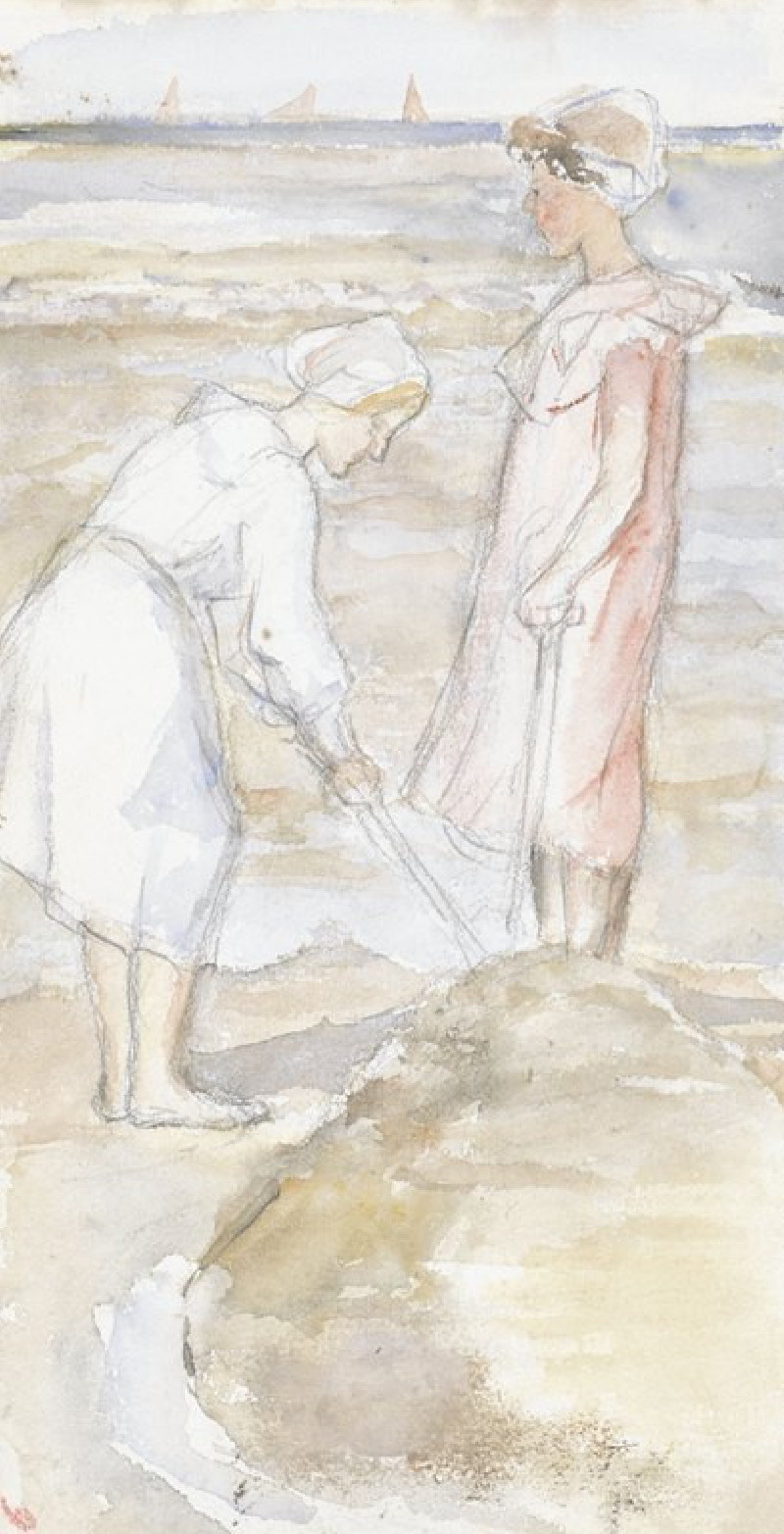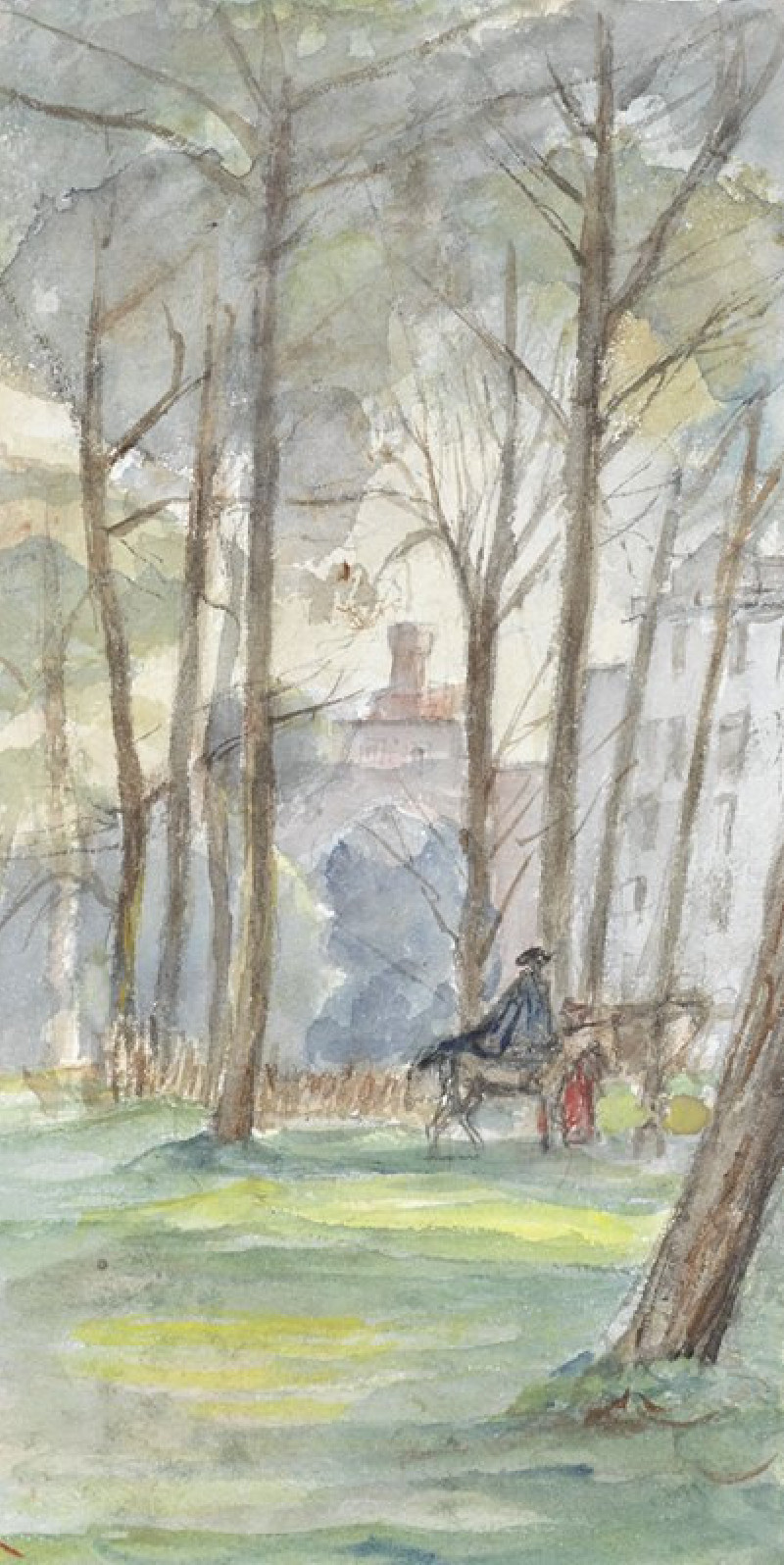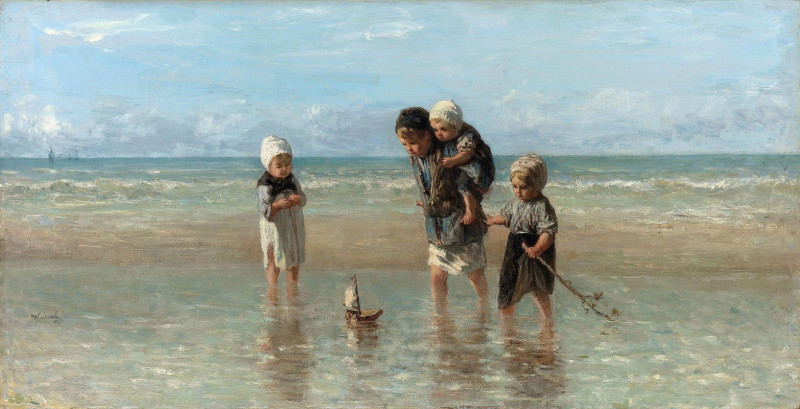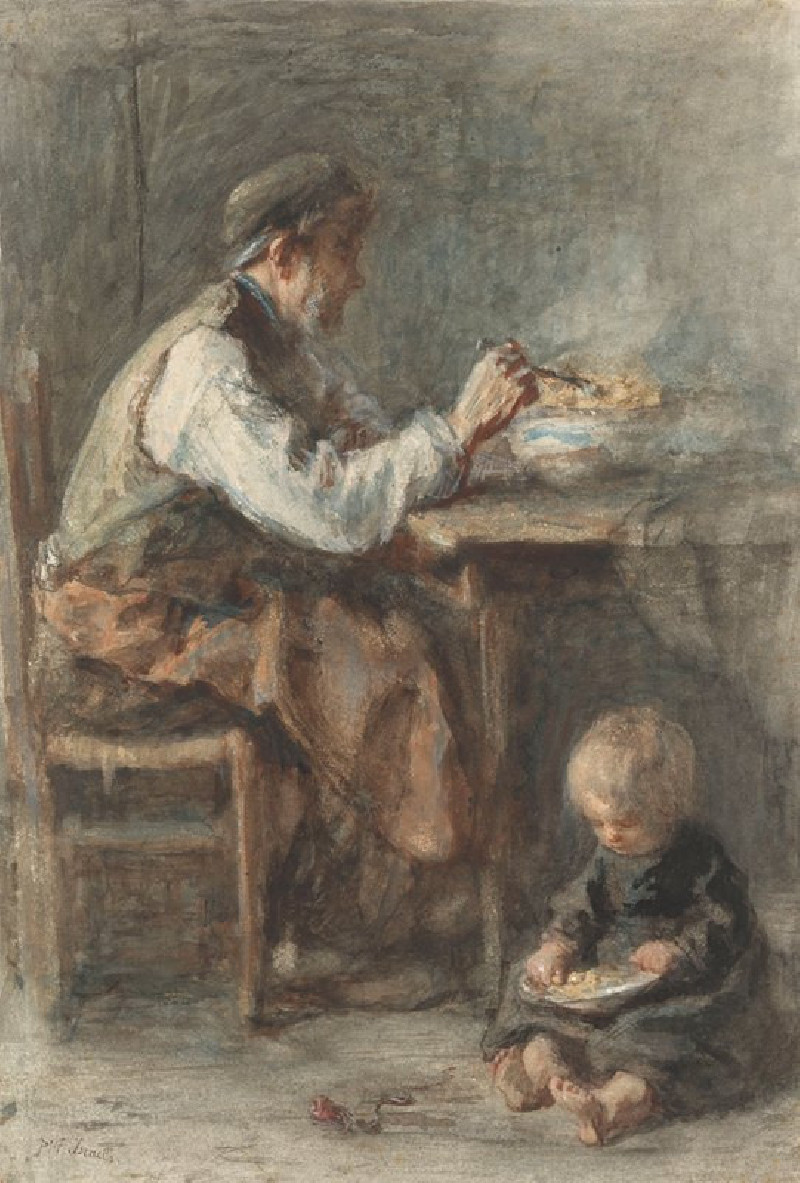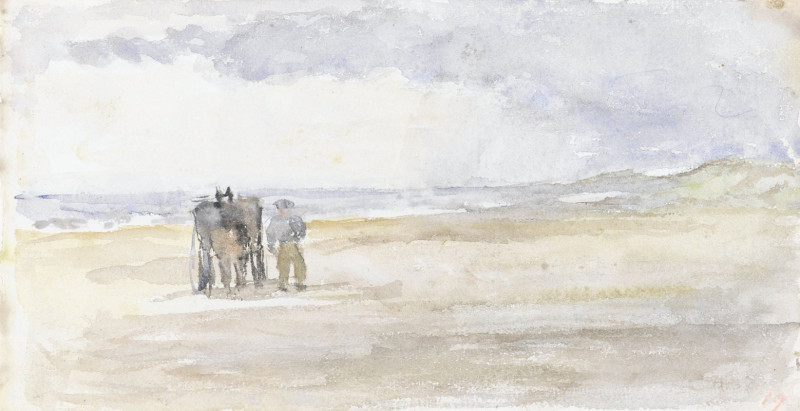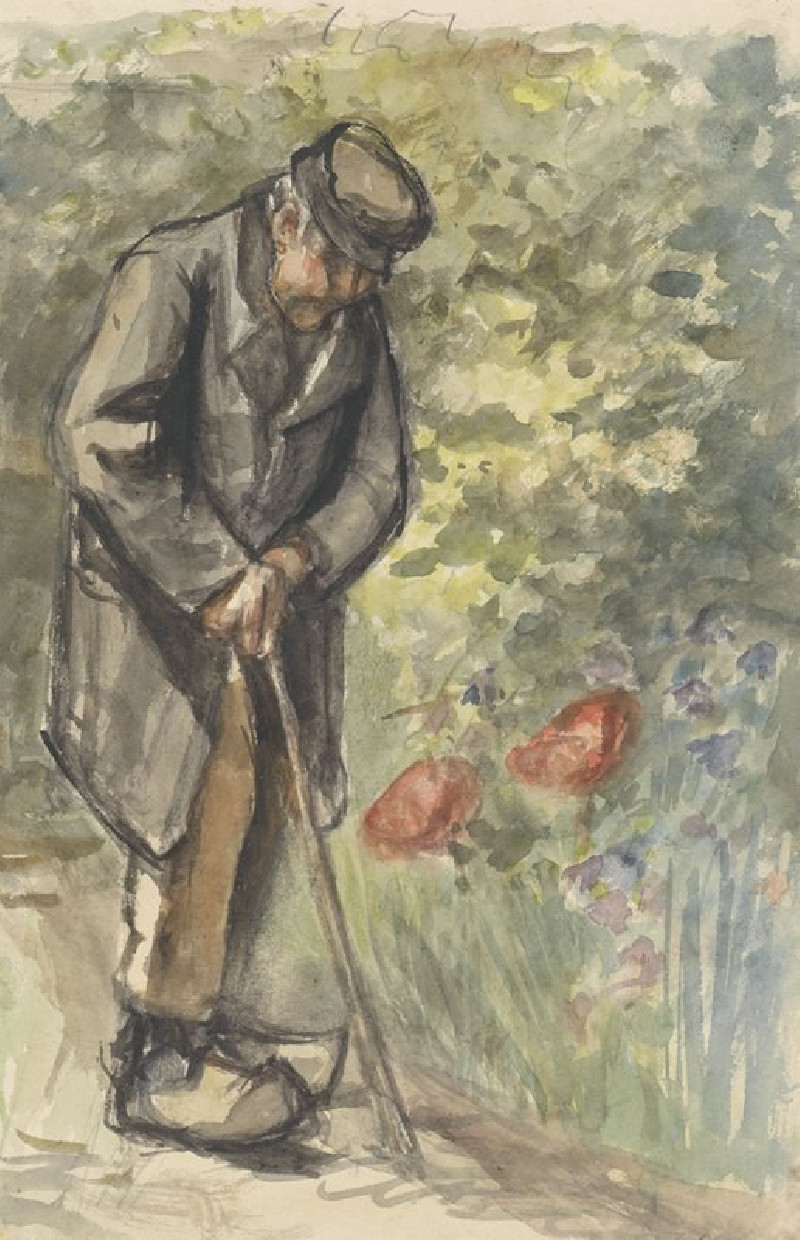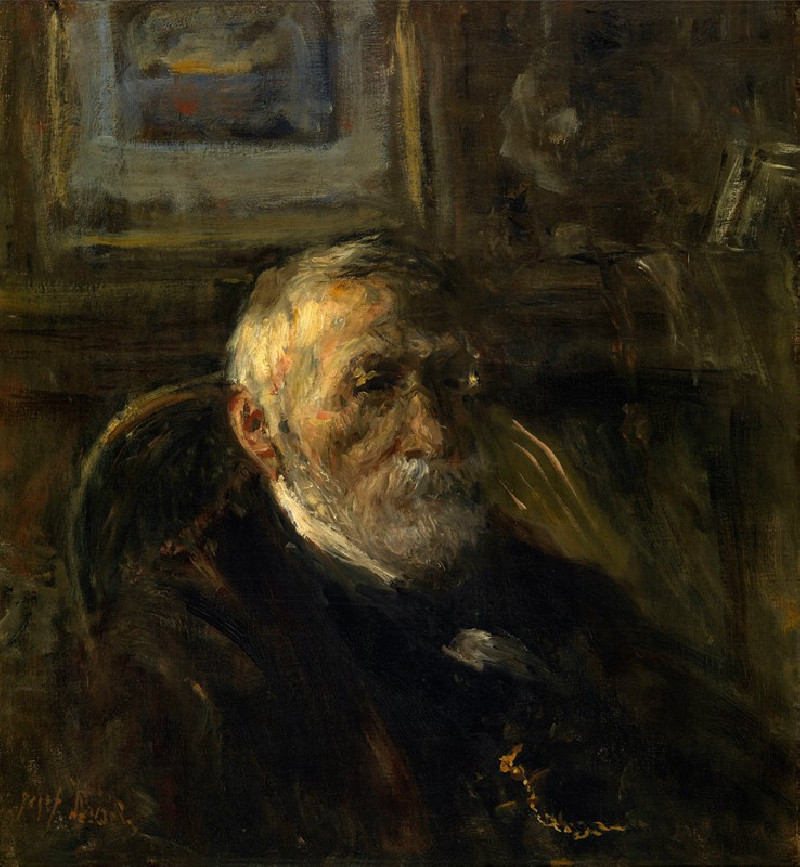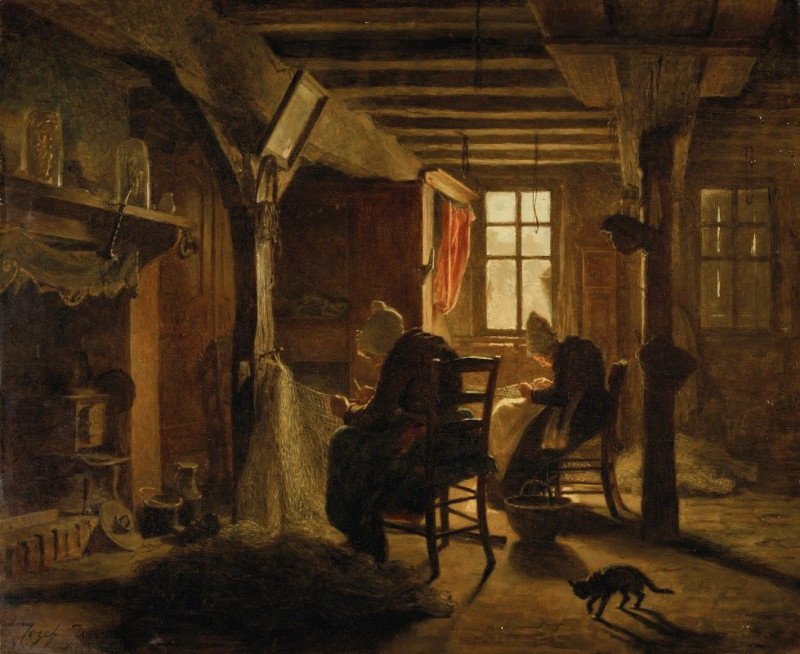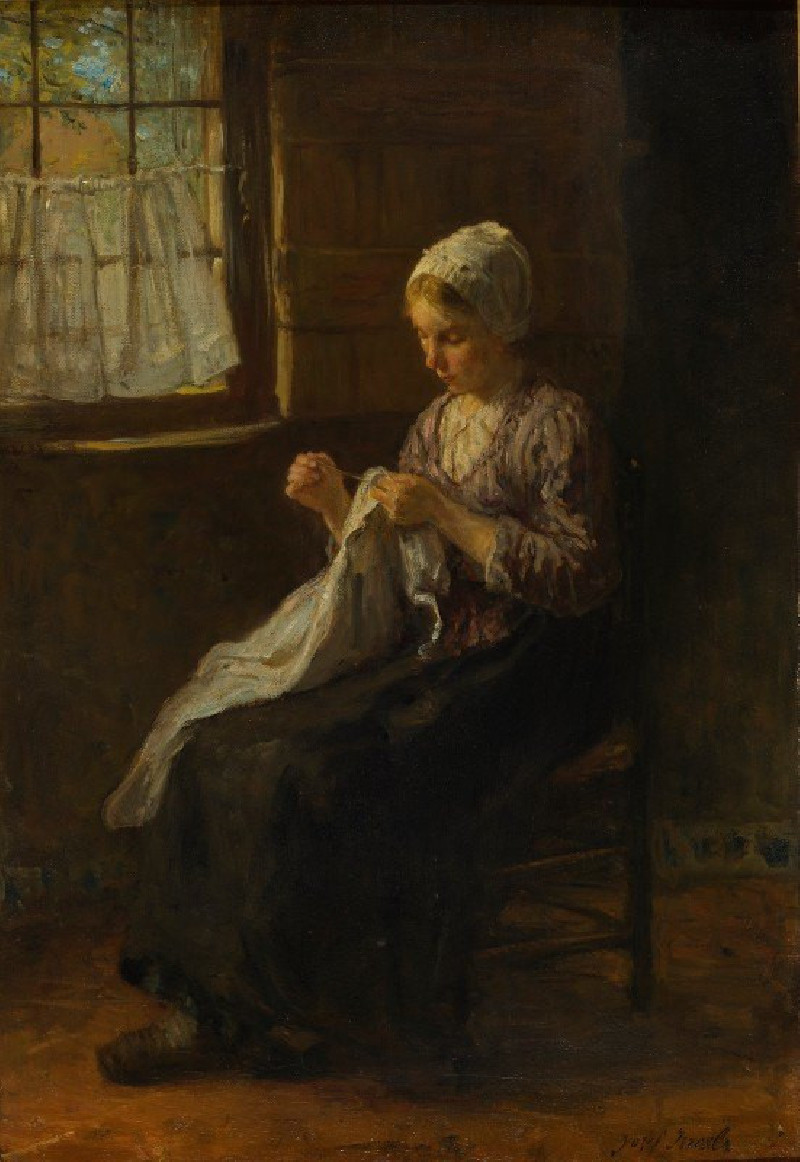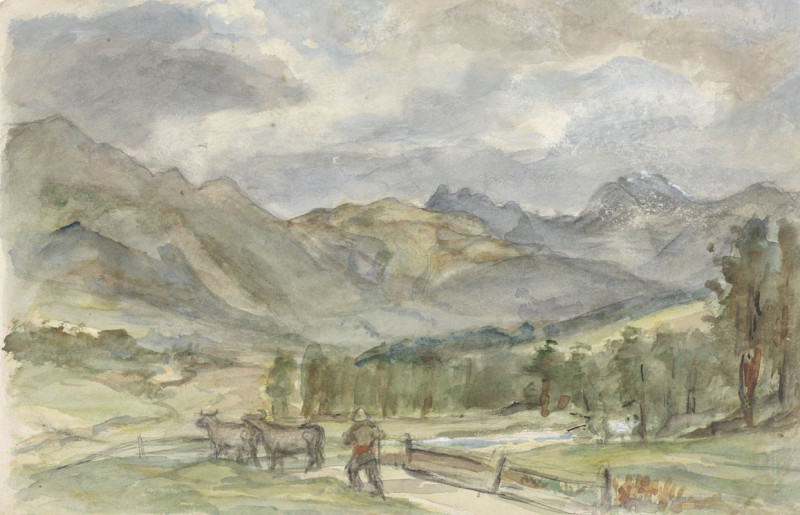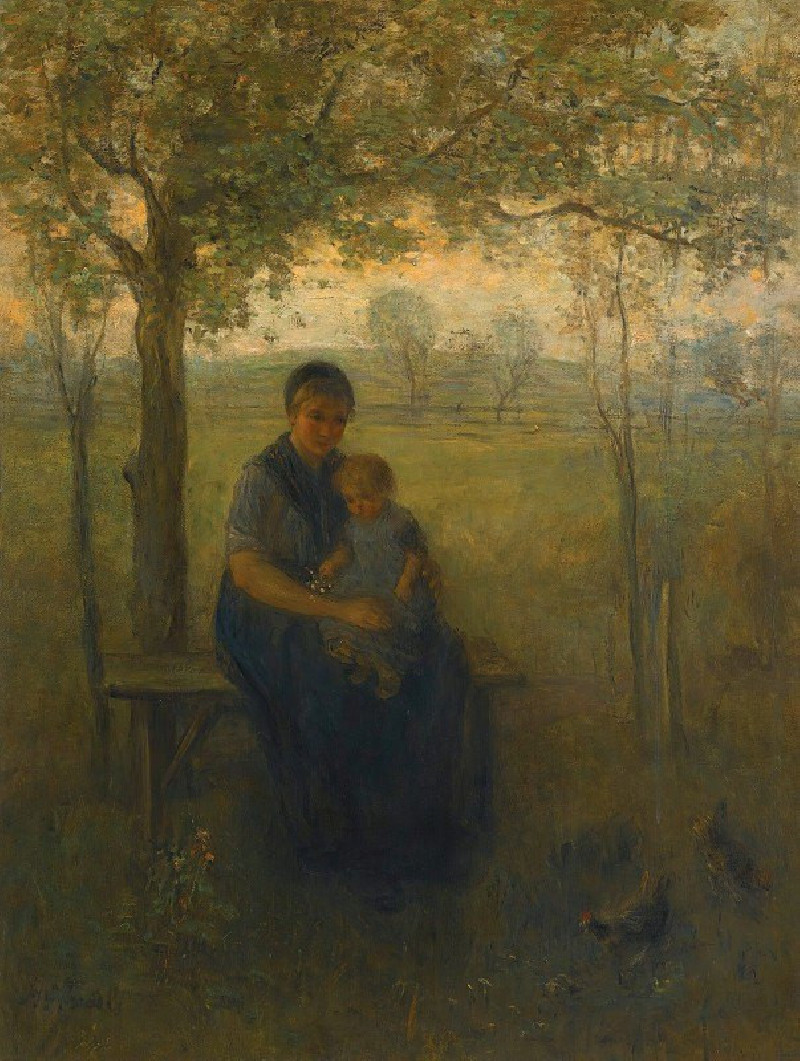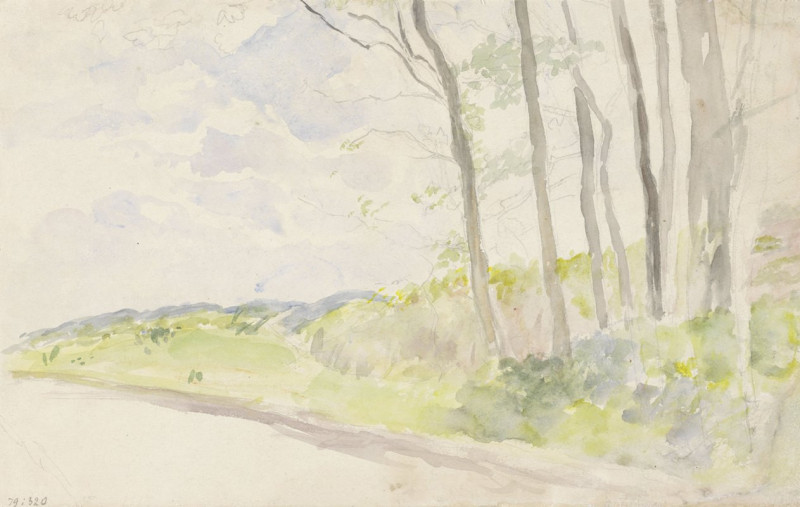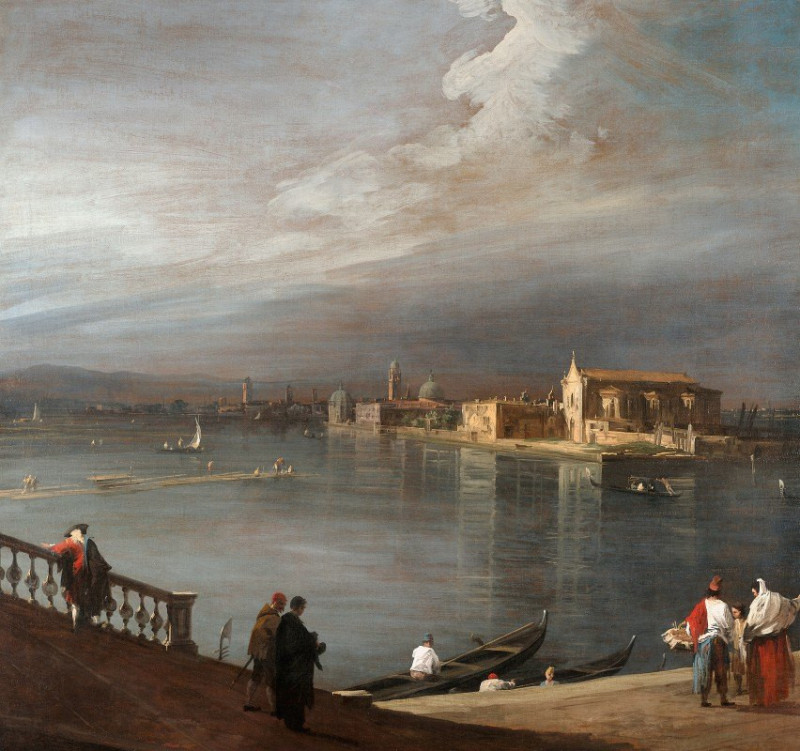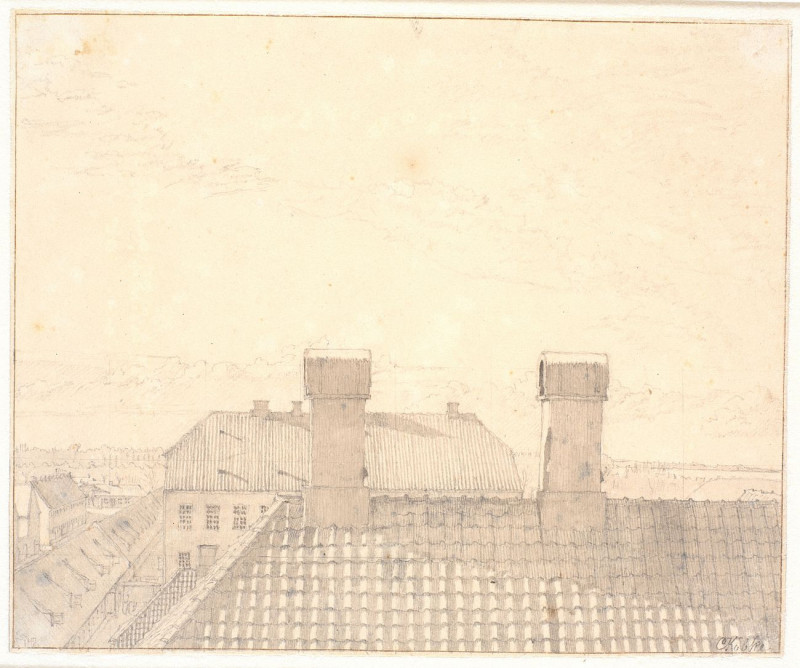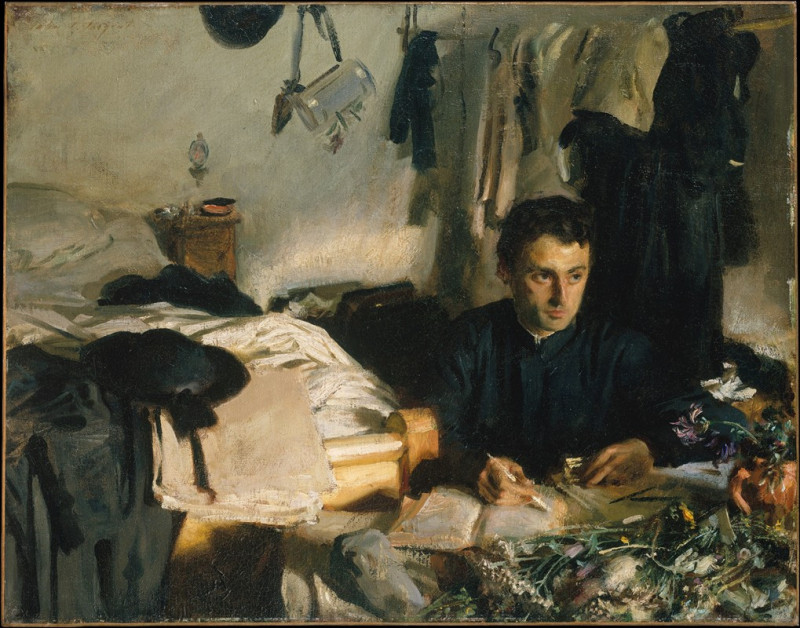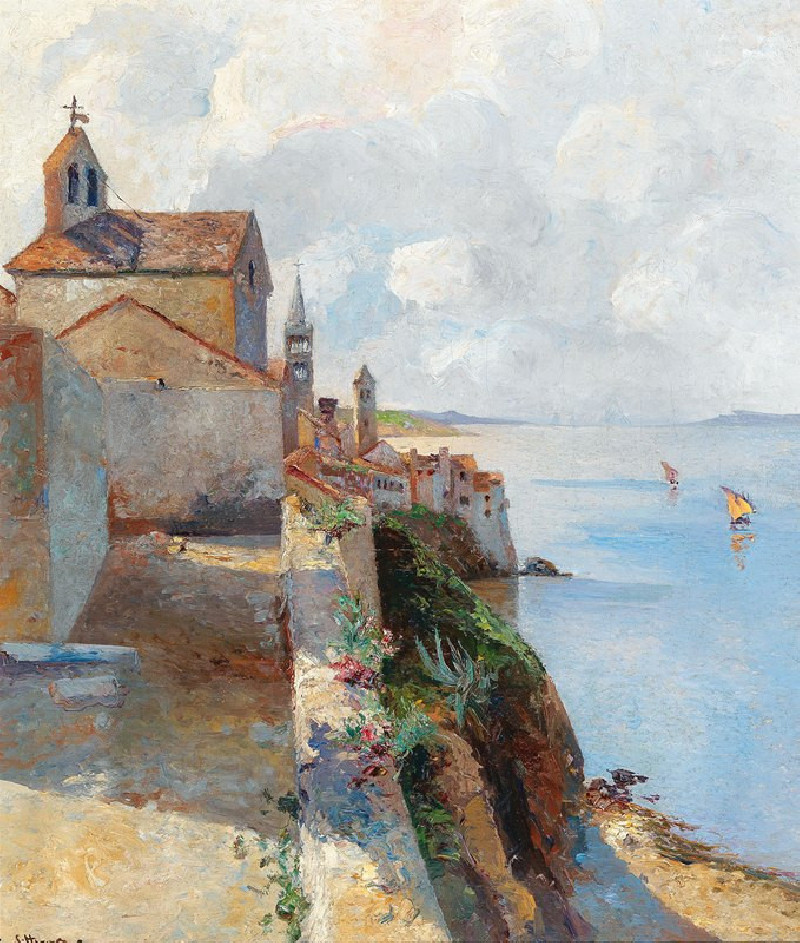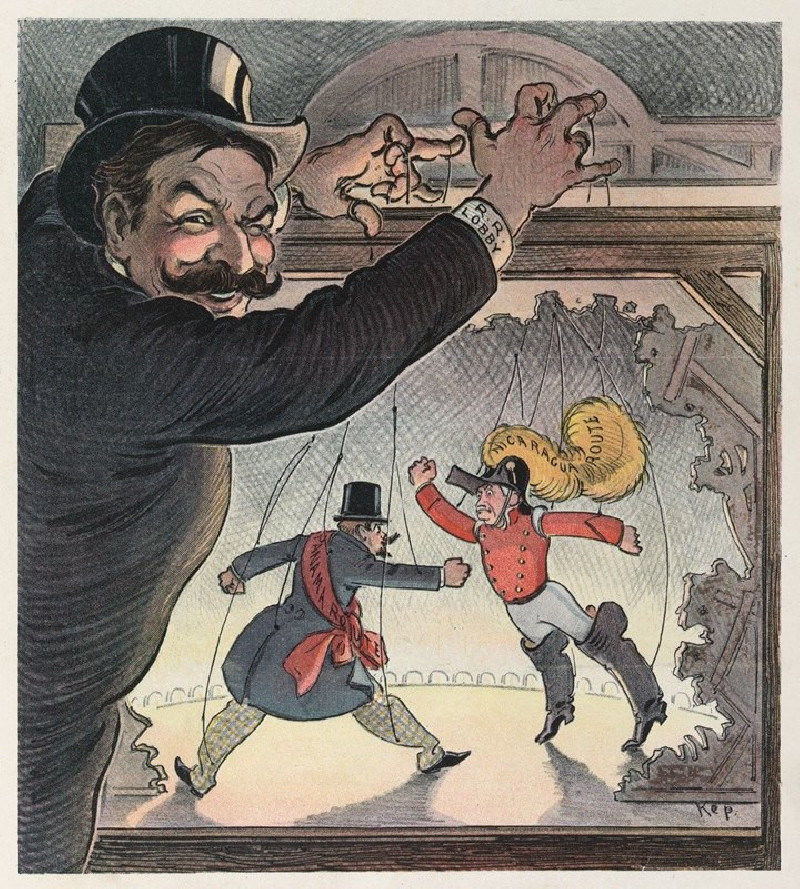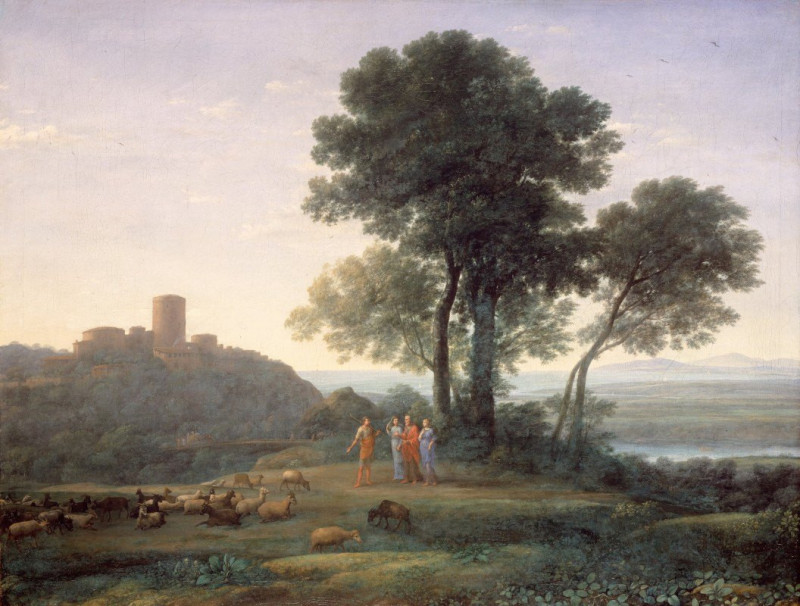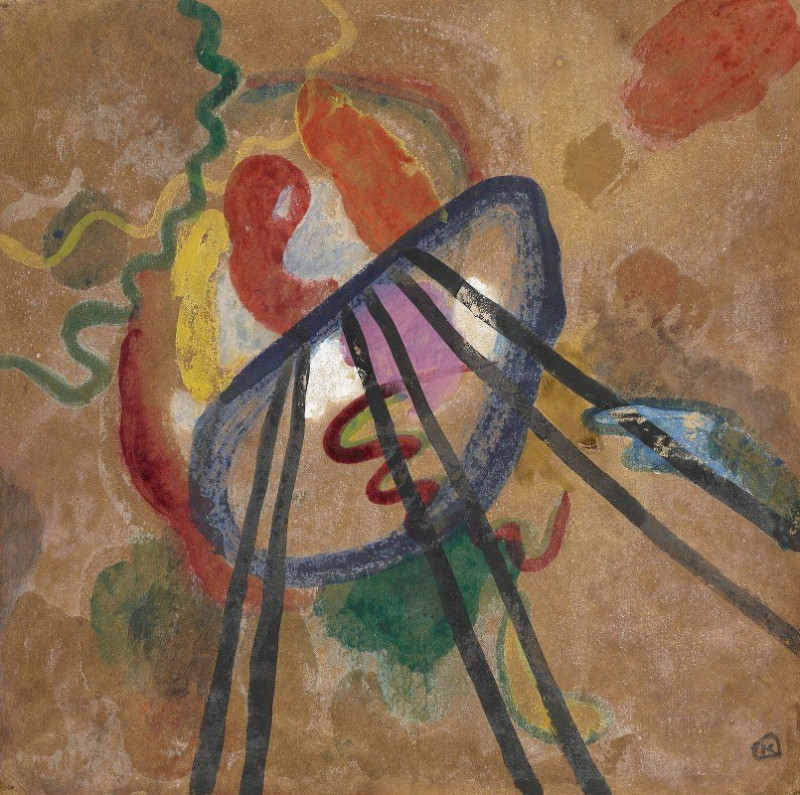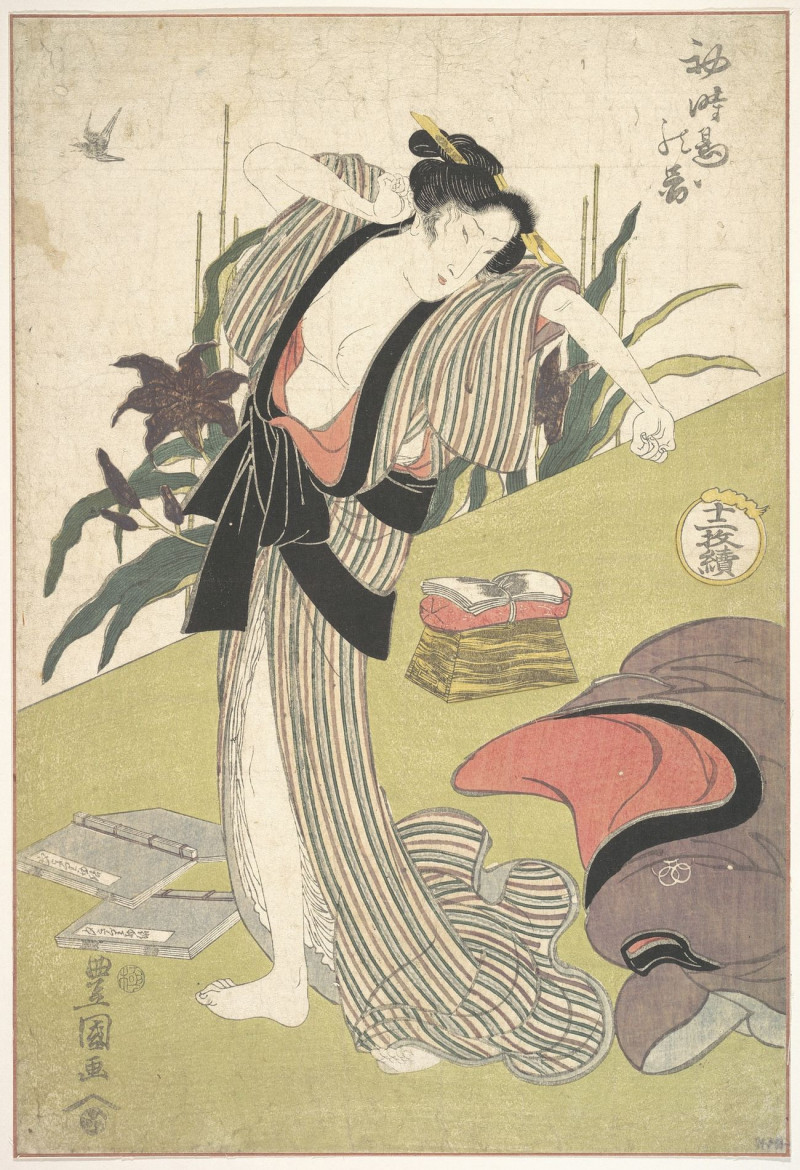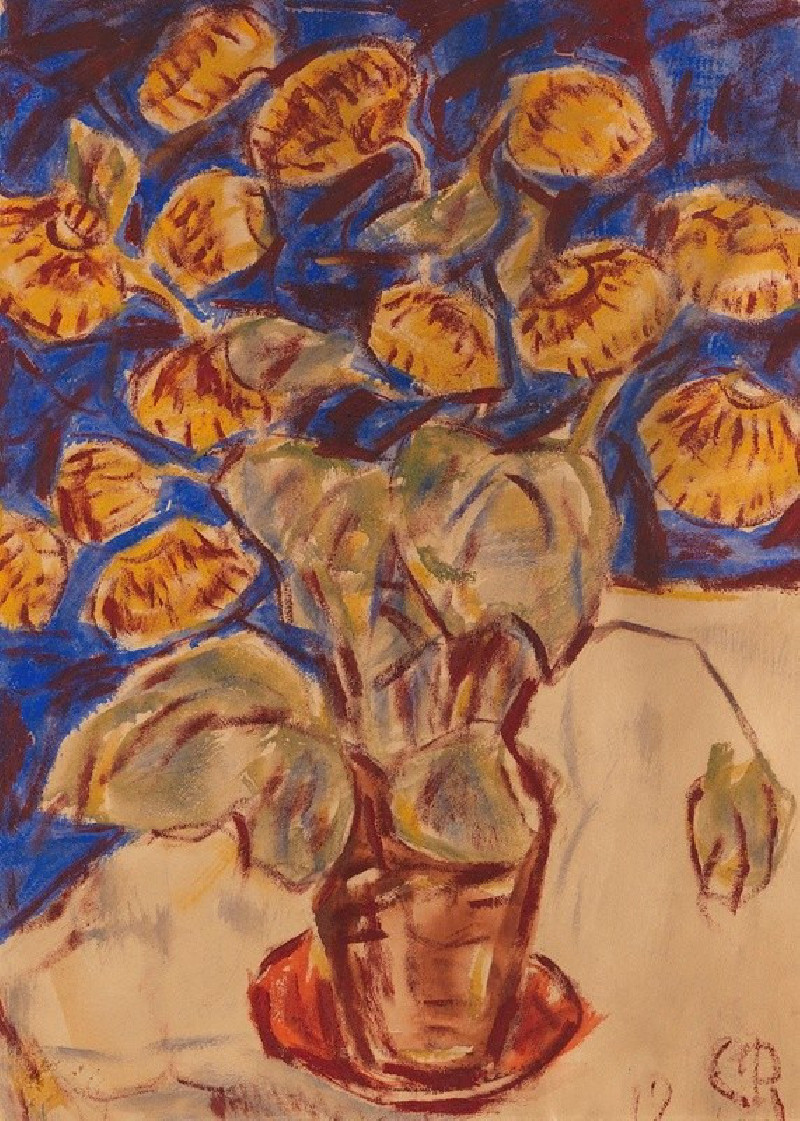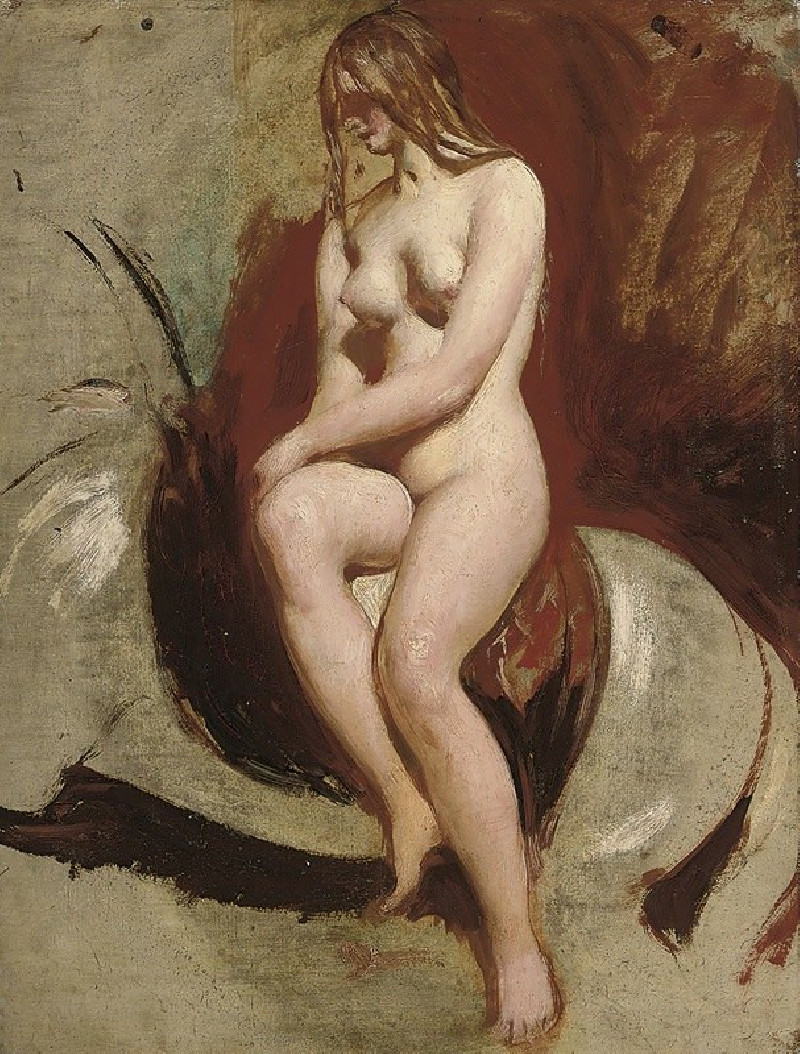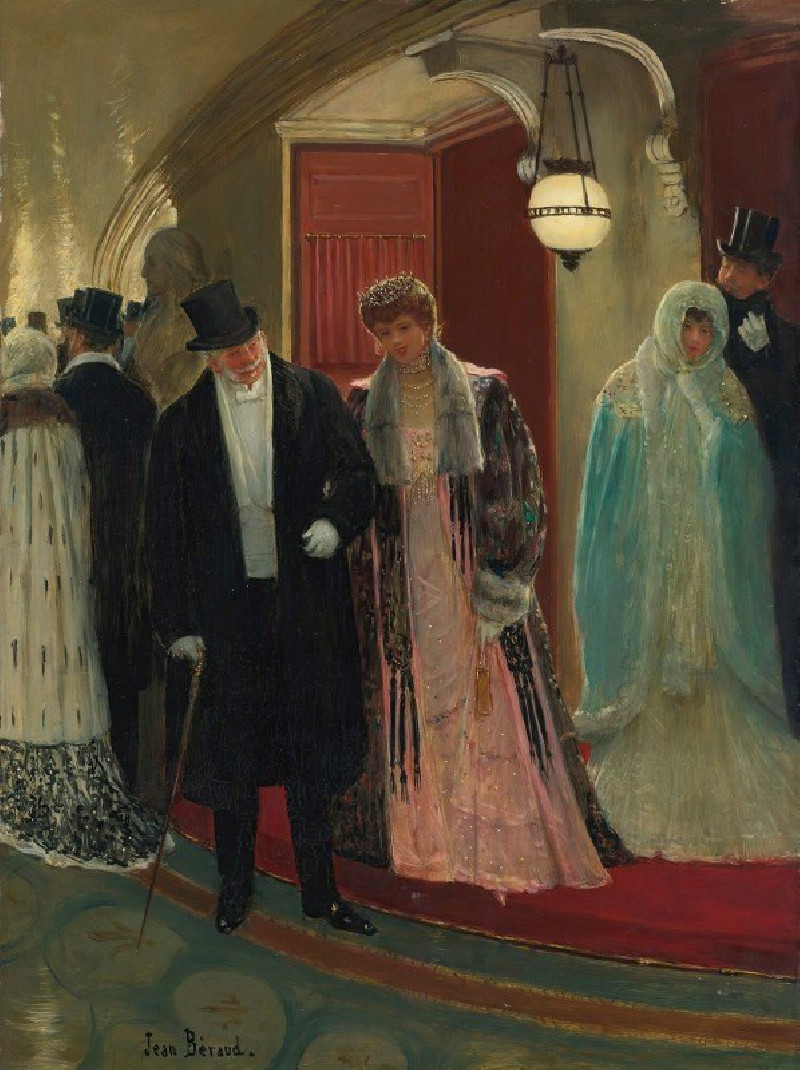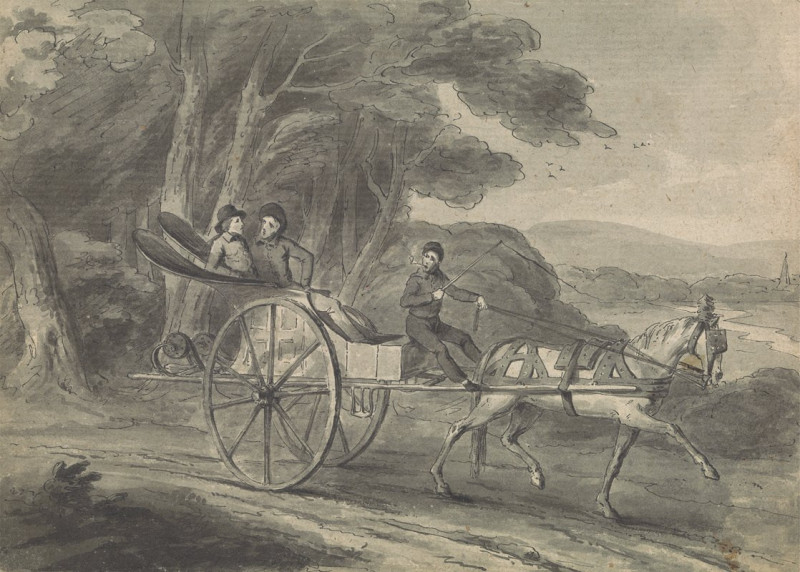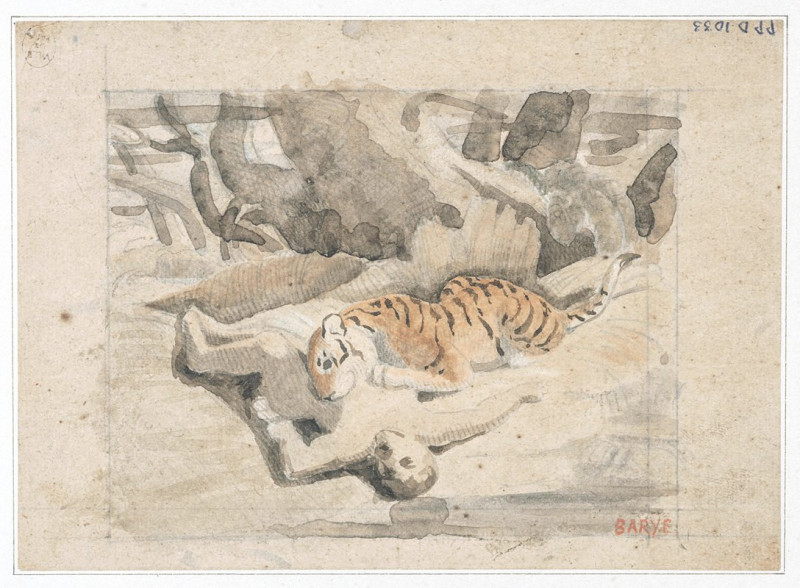Buitenhuis en tuin (1834 - 1911)
Technique: Giclée quality print
Recommended by our customers
More about this artwork
We invite you to delve into the serene landscape of "Buitenhuis en tuin," a captivating watercolor painting by the renowned Dutch artist Jozef Israëls, painted between 1834 and 1911. This piece eloquently reflects Israëls' mastery in portraying rustic tranquility and the simplicity of rural life.The artwork features a view from a wooded garden, looking through an intricate lattice of winter-bare trees toward a distant house. Subtly rendered in soft, earthy tones, the painting evokes a quiet mood, drawing the viewer into a pensive contemplation of nature and architecture harmoniously intertwined. The foreground shows a delicate fence, possibly of a small garden or park, which gently leads the eye towards the homestead beyond.Israëls' use of light and shadow subtly captures the hazy ambiance of a cold, possibly early spring day. The texture and fluidity of the watercolor lend the composition an ethereal quality, almost as if the scene is vanishing into a mist. This technique not only highlights the artist’s skill with the medium but also enhances the overall sense of peace and timelessness."Buitenhuis en tuin" is a testament to Jozef Israëls’ ability to capture the essence of the Dutch landscape and its understated beauty. It invites viewers to pause and appreciate the quiet moments of beauty in daily life, making it a perfect piece for those who seek a moment of peace and a connection to the natural world.We hope you enjoy contemplating this gentle scene as much as we do.
Delivery
Returns
Jozef Israëls was a Dutch painter. He was a leading member of the group of landscape painters referred to as the Hague School and, during his lifetime, "the most respected Dutch artist of the second half of the nineteenth century".
He was born in Groningen, of Jewish parents. His father, Hartog Abraham Israëls, intended for him to be a businessman, and it was only after a determined struggle that he was allowed to embark on an artistic career. He studied initially from 1835 to 1842 at the Minerva Academy in his home town Groningen.


